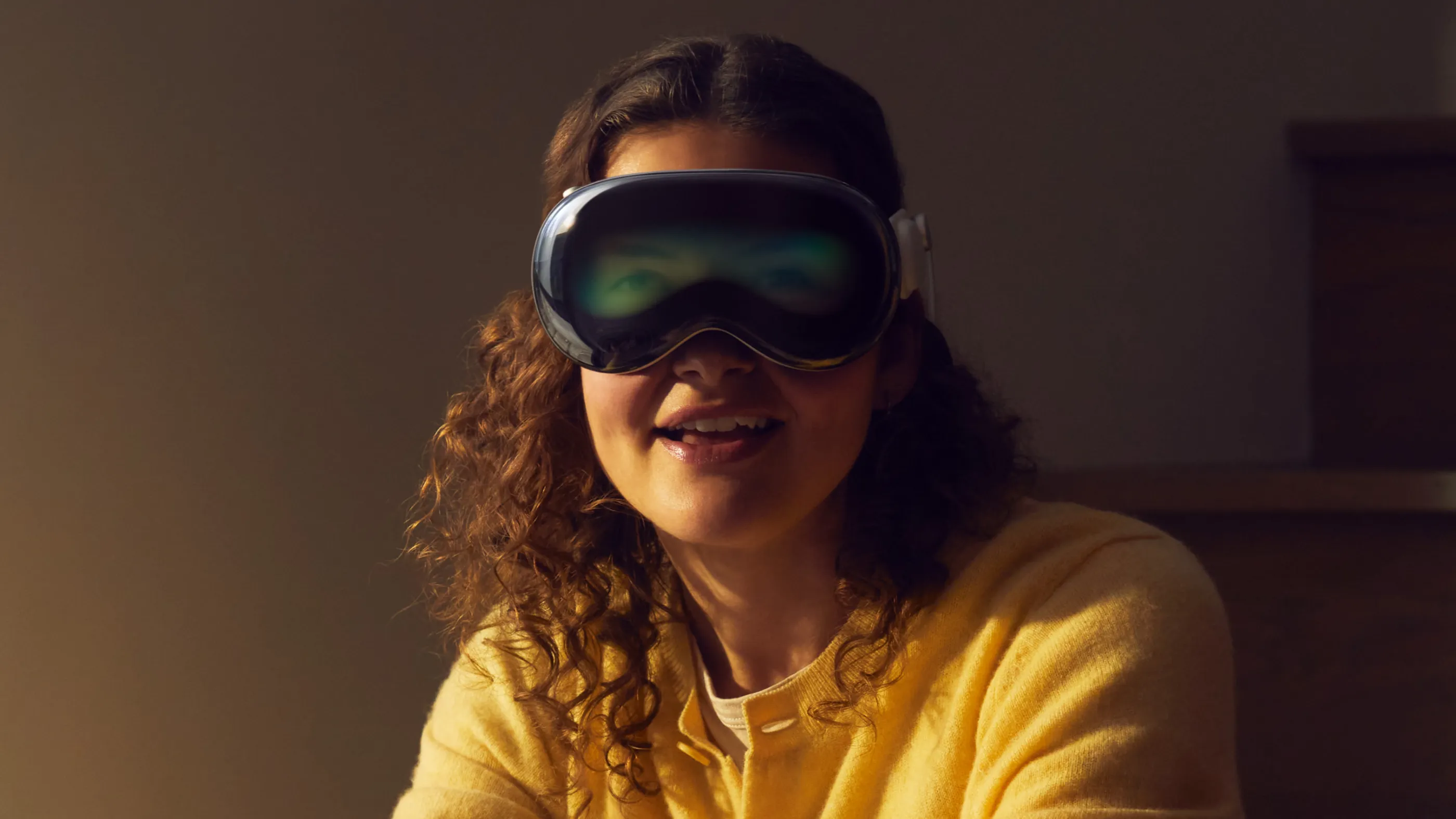WWDC Notes
— I watched the entirety of Apple’s keynote and took notes. These are my observations.
iOS. Live transcriptions of voicemails solve a problem I didn’t know I had. Going forward, I’ll let any call go straight to voicemail to decide whether I want to talk to the person. It’s a great solution to the very millennial notion that phone calls are intrusive, almost rude.
Namedrop is very useful for people who get out of the house more often than I do. I suspect it’ll only work between iPhones, possibly only the latest models. So we’ll continue to hand out business cards or awkwardly spell out our names and phone numbers.
The new Journal app is worth a try. I’ve tried journaling before but never built a habit. This new app comes with prompts and reminders, and it might be what I need to start journaling more consistently.
Other than that, and as always, many playful new features we’re introduced that I’m never going to use. Contact posters and stickers, for example. The new standby mode is obvious nod to Tidbit. I get it, but it’s not for me. When I’m at home, my phone either sits on the office desk or I’m using it.
MacOS. On MacOS , the most useful changes will be introduced to Safari. Profiles, to separate personal and professional online lives, with separate browsing history, cookies, and stored passwords, is brilliant. Compared to Arc’s spaces, it’s the cleaner approach to the problem. Arc’s spaces are really only separate lists of open tabs. In private-browsing mode, Safari will automatically remove tracking information from URLs. I’ve been doing this manually for years; but wouldn’t it be great if that happened automatically even outside of private browsing?
Desktop widgets are another promising addition. It’ll be great to always have access to today’s to-dos from Things, upcoming appointments from Calendar, or the departure times at the closest train station from Citymapper.
One more thing. The long anticipated Apple AR/VR headset is here: Vision Pro. It’s big and very expensive. You have to carry around an external battery pack. But it looks better than other models. Apple did a lot more thinking about how virtual and augmented reality can be integrated in our lives. Vision Pro doesn’t require full immersion into a comical virtual world. Instead it projects onto your surroundings, so you never loose awareness of your environment. There won’t be people frantically waving to get your attention. But the eyes, projected on the outside, are the stuff of nightmares. At first I thought the headset was transparent, but after a while you’ll notice that the look is off; it feels creepy.

I don’t see where Vision Pro fits into my life. Yet. I don’t see myself working with goggles; I’m already overwhelmed by the size of my 27-inch screen. But I was equally hesitant when the iPhone and Apple Watch came out. I eventually got an iPhone 4 and loved it; but I never got an Apple Watch. So I’ll wait until the price drops and to see how people use Vision Pro in real life, outside Apple’s well-crafted marketing scenarios.